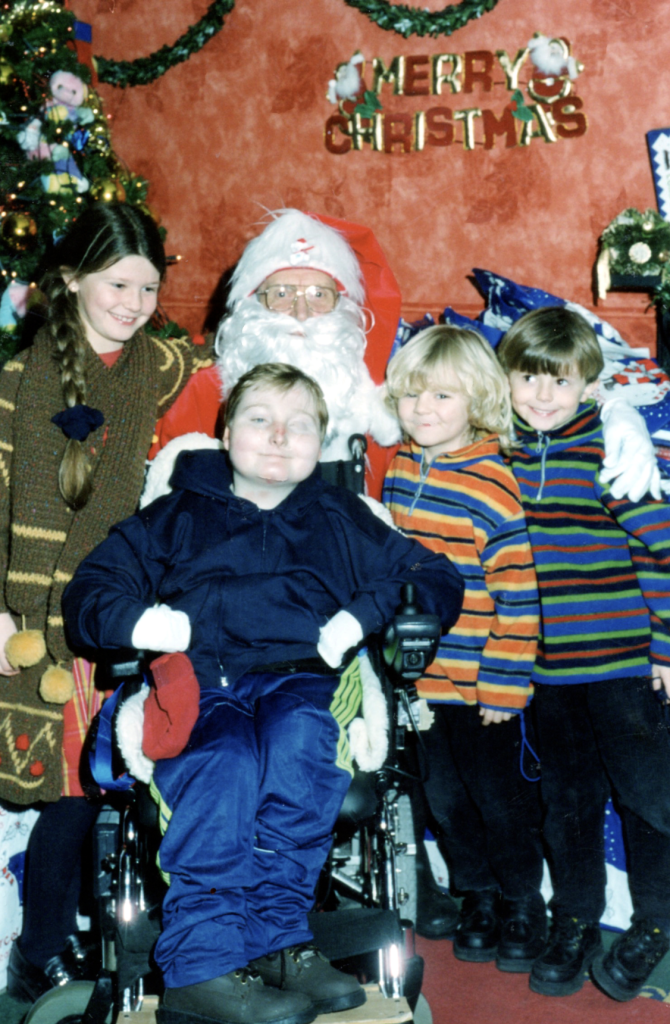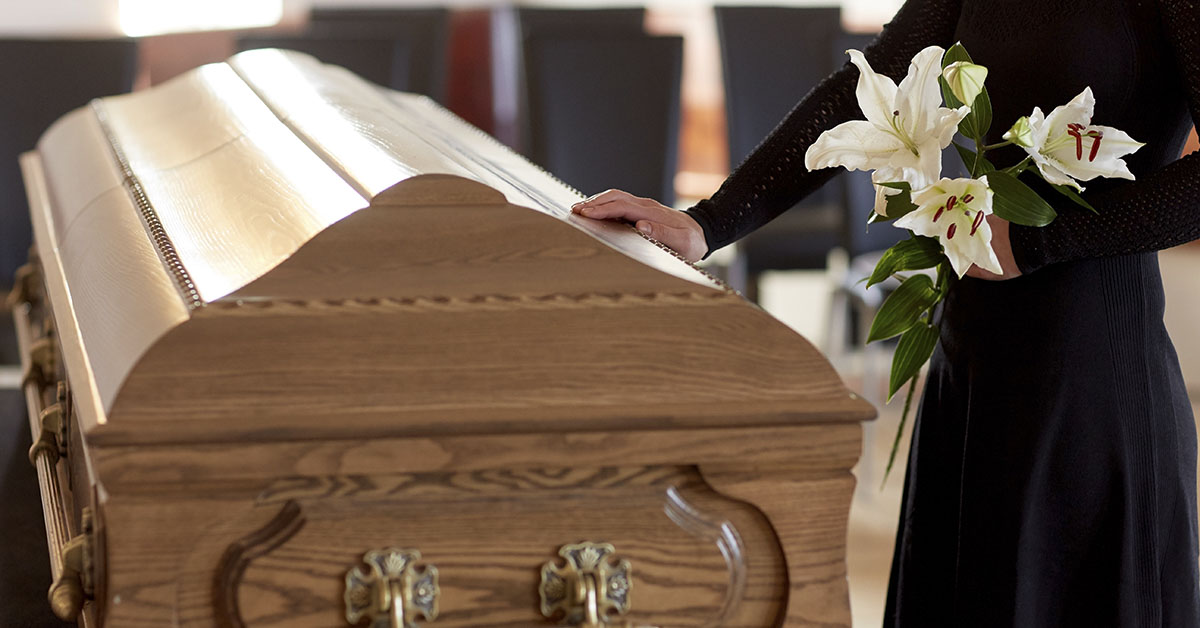It’s tough to watch someone we love suffering or in pain, but nothing seems to be harder as a parent. Most parents would agree there’s nothing more difficult than watching our kids suffering or in pain. One mother from Dublin recalls the final moments of her son’s life. She shares that he had a rare disease called Epidermolysis Bullosa. Her plea is that more resources be made available for families facing the same harsh disease.
Maria Fynes from Ireland is the mother of 5 children. She shares a heartbreaking tale of her oldest, a 16-year-old son, and the struggles their family went through after his Epidermolysis Bullosa diagnosis. Aaron Fynes was born in 1985. Unfortunately, in 2001, he became weaker and weaker until, he passed away from the condition. Aaron was one of the first children in Ireland to be diagnosed with the condition. It’s a rare disease, so little was known about it at the time, and it seems little is known today in regard to finding a cure.

Losing to Epidermolysis Bullosa
Maria vividly remembers her son’s final days and their conversation in his final moments. “I asked him: ‘If you could go somewhere where there was no pain, would you go?’ Aaron’s response would make any parent’s heart sink. He turned to me and asked: “Can you come with me, mammy?” Even through the heartbreak, she gave him an answer that gave him the peace he needed to let go. “I would have given anything to go with him, but I answered: ‘Not yet son, but I will someday. Your nanny and granddad are there, so they will look after you’. “And he replied: ‘Alright, mammy, I’ll go then’.”
From birth, Aaron experienced severe suffering, and it continued all the way to the end. Aaron was born with several large fluid blisters on his chest and no skin on his right leg and ankle. When nurses fed him his first bottle, the skin on his tongue and the roof of his mouth ripped away. As a result, Aaron had a feeding tube through his nose.
Over time Maria was able to learn how to gently spoon-feed his milk. Doctors didn’t think he’d have much time to live. Maria explains that she’d have to change his bandages daily, and she said, “Aaron would fight me.” She explained, “most of the kids do, and after that, your heart would break.” Epidermolysis Bullosa is a painful and distressing condition for both the patient and their families.
Read: Infant born with rare skin condition becomes miracle to parents
A Loving Mother’s Plea
Maria said she wishes more nurses could reach out to families and offer support. However, due to a nursing shortage, this is not always possible. As a result, the family started a charity foundation. With the holidays right around the corner, people seem to be more in the giving spirit than any other time of year, so Maria is “urging people” to support the charity Debra Ireland. She explains that Aaron loved Christmas, so this time of year is particularly sorrowful for the family.

The Family’s Charity
There are currently around 300 families in Ireland whose children have been diagnosed with Epidermolysis Bullosa. The charity is working on its “Christmas appeal” for extra support, such as home nursing hours. “I’m urging people to give what they can to support Debra Ireland, because I don’t want any other family to go through the same trauma we did at a time when EB was unknown and there was absolutely no help available,” she commented.
What is Epidermolysis Bullosa?
Epidermolysis Bullosa refers to a group of diseases in which skin is more susceptible to blistering. Sometimes even a gentle hug can cause skin tearing, resulting in blisters. I, personally, can’t imagine anything more heartbreaking for a parent than to be unable to hug your child or gently rub their back to sleep. The condition is typically apparent from birth.
As if skin lesions aren’t uncomfortable enough, these blisters can also appear internally. The blisters are developed where tissue is moist and can affect the inside of the mouth, throat, intestines, stomach, and several other internal areas of the body. It is thought that the condition comes from recessive genetic disorders in the DNA. Estimates of around 1 in 50,000 babies born have the condition. Other factors, such as gender and race, don’t seem to play a role in susceptibility to the condition.
No Cure, Treatment Recommendations
There is no known cure, so the best that medical professionals can do is offer advice. They suggest various options to prevent or minimize symptoms. Doctors recommend a healthy and nutritious diet, steadfast wound care to prevent infections, and maintaining mobility. Other recommendations include minimizing friction, using non-adhesive bandages, and keeping the skin cool. Doctors have also looked at stem cell transplant trials in an effort to cure the condition, but these trials are still active and so, have yet to yield results.
Keep Reading: ‘My Daughter’s Rare Disease Was A Mystery For Years. Here’s How We Finally Got A Diagnosis’
Sources
- “Epidermolysis bullosa: Overview.” American Academy of Dermatology. Retrieved November 30, 2022.
- “Epidermolysis bullosa. NORD. Retrieved November 30, 2022.
- “‘Can you come with me, Mammy?’ – dublin mother on son’s heartbreaking last words.” Dublin Live. Rayana Zapryanova. November 25, 2022.

